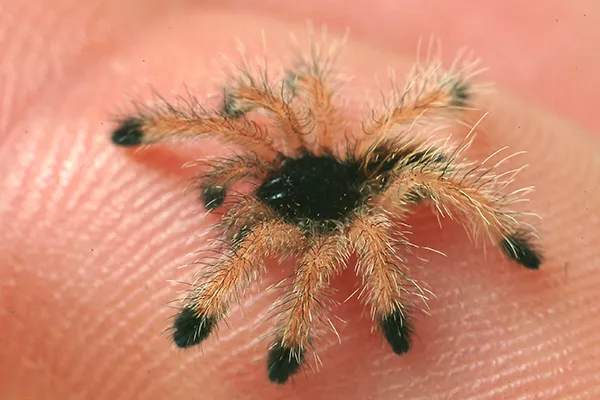What Do Baby Tarantulas Look Like?
Baby tarantulas, often called spiderlings, are miniature versions of their adult counterparts, but with some key differences in appearance. Understanding what a baby tarantula looks like is crucial for both identifying them and providing proper care. Their appearance can vary significantly based on the species, but there are some common characteristics that help in identification. Generally, they have a similar body structure to adults, consisting of a cephalothorax (fused head and thorax) and an abdomen. The size, coloration, and specific features are what set them apart. Knowing these details enables enthusiasts and keepers to better understand and appreciate these fascinating creatures.
Size and Initial Appearance
At birth, baby tarantulas are incredibly small, often measuring only a few millimeters across. Their size is a significant factor in their initial appearance, making them appear delicate and vulnerable. The size of a baby tarantula depends on the species; some species start larger than others. Initially, they might appear translucent or lightly colored, with their internal organs slightly visible through their exoskeletons. This delicate appearance is a result of their soft exoskeletons, which haven’t fully hardened yet. These young tarantulas rely on their size to hide from predators, their small stature helping them to fit into tight spaces.
Coloration of Baby Tarantulas
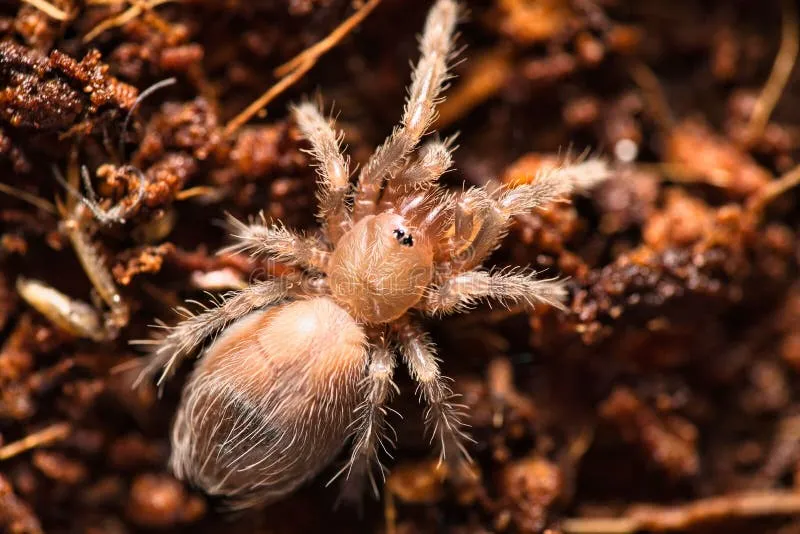
The coloration of baby tarantulas varies greatly among different species. Some might have a pale or muted color, while others could display more vibrant hues even at a young age. The initial colors can be a light brown, tan, or even a very pale gray, but this can change as they molt and grow. In some species, the baby tarantulas might have patterns or markings that become more defined as they mature. The colors also play a role in camouflage, helping the spiderlings blend in with their surroundings to avoid predators. Examining the coloration is an important step in identifying the specific species and understanding its natural environment and behavior.
Detailed Color Patterns
Many baby tarantulas possess unique patterns that are visible even at a young age. These can include stripes, spots, or intricate designs on their abdomens and legs. These patterns aid in camouflage, allowing them to blend into their environment effectively. Some species have patterns that closely resemble their adult counterparts, although the colors may be less intense. The color patterns often change with each molt, becoming more defined and vibrant as the tarantula grows. These detailed color patterns are essential not only for survival but also help enthusiasts appreciate the diversity and beauty within the tarantula world. Careful observation of these patterns is key to understanding the tarantula’s growth and development.
Identifying Specific Species
Identifying the exact species of a baby tarantula can be challenging but is made easier by understanding its appearance. Examining the overall shape, coloration, and patterns is the first step. Referencing species-specific guides and images is essential for accurate identification. The size and the environment where the tarantula was found can also give clues. Some species have distinct features, such as the presence of hairs on the legs or specific patterns on the carapace, that can help differentiate them. However, since the baby tarantula is smaller, these details can be harder to distinguish. Accurate species identification is crucial for providing appropriate care, as different species have different needs regarding temperature, humidity, and diet.
Key Physical Features
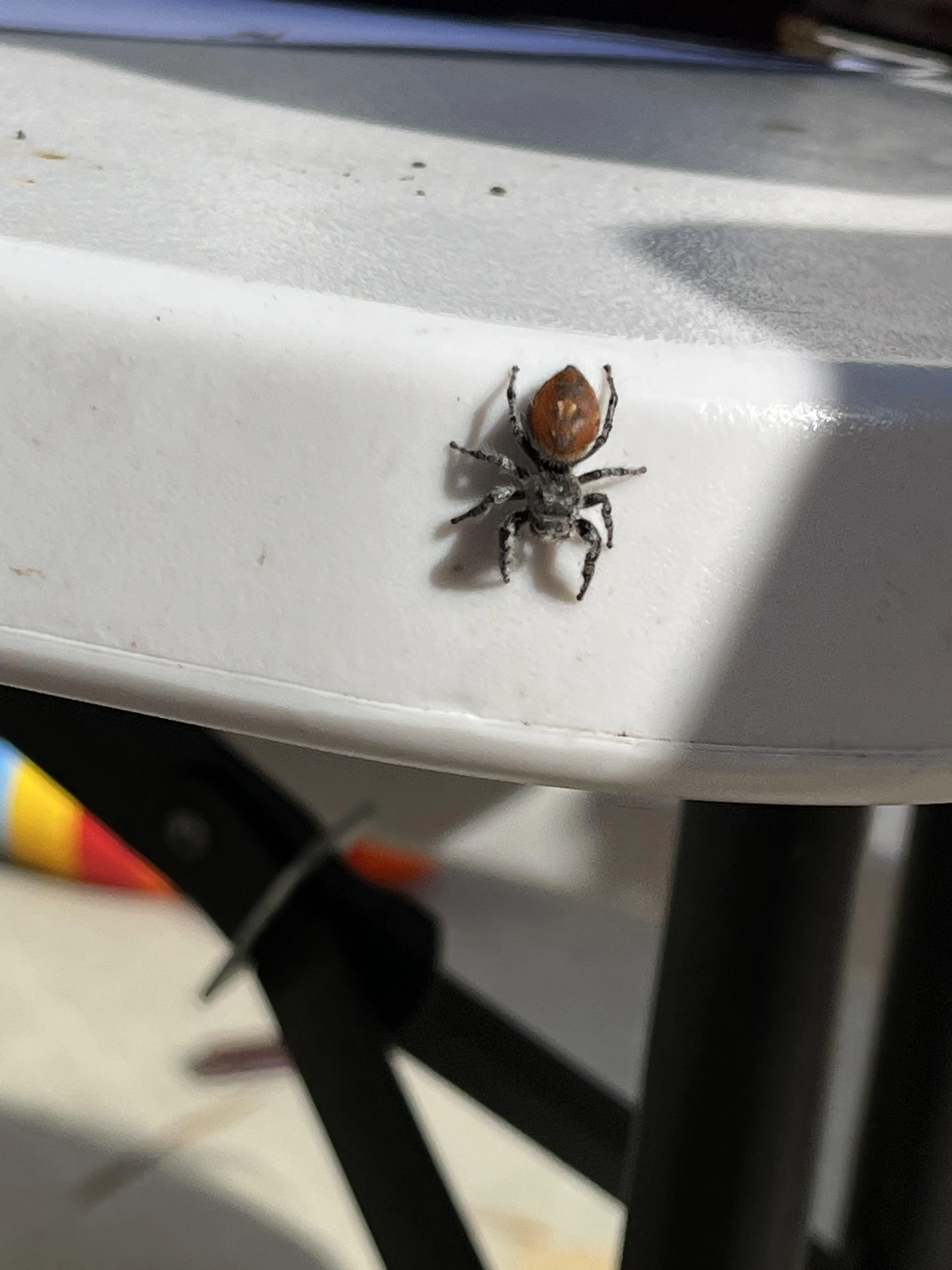
Baby tarantulas, despite their size, possess all the key physical features of adult tarantulas. They have a cephalothorax and an abdomen, eight legs, and two pedipalps, which are used for sensing and manipulating food. Their bodies are covered in an exoskeleton made of chitin, which provides protection and support. The eyes, usually eight in number, are located on the top of the cephalothorax. While these features are present from the start, their proportions and the details of these features change as the tarantula grows. The presence of these features allows them to hunt, move, and interact with their environment, much like their adult counterparts. Observing these features can reveal much about the spiderling’s health and well-being.
Legs and Body Proportions
The proportions of a baby tarantula’s legs and body differ slightly from those of an adult. Typically, their legs are proportionally longer compared to their body size, which helps them to move quickly and navigate their surroundings. The body itself is relatively small, and its overall shape can vary between species. Some species are more rounded, while others are more elongated. As they grow, the legs become thicker and more robust, while the body increases in size. These changes occur gradually over several molts, with each molt revealing a slightly larger version of the tarantula. Understanding the changes in leg and body proportions can help track the tarantula’s growth and development.
Eyes and Sensory Organs
Baby tarantulas possess the same array of eyes as adult tarantulas, though their vision is somewhat limited. The eyes are typically located on the top front of the cephalothorax, with the number of eyes being eight. The primary function of these eyes is to detect light and movement, playing a crucial role in their ability to hunt and avoid predators. Apart from vision, baby tarantulas rely heavily on their sensory organs, which include hairs on their legs that detect vibrations and chemical cues. These sensory organs help them find prey and navigate their environment, providing crucial information for survival. Although vision is present, the baby tarantula relies on these other senses more than their visual capabilities.
Comparison to Adult Tarantulas
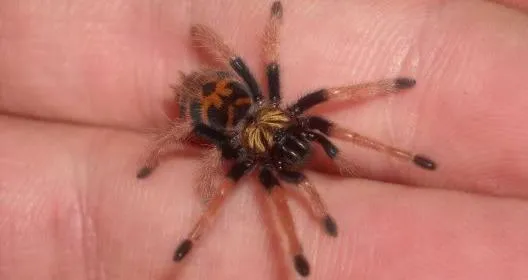
Comparing a baby tarantula to an adult highlights several differences in appearance. The most obvious is size, with adult tarantulas being significantly larger. Coloration can also differ, with the colors of a baby tarantula appearing less intense or different altogether. The patterns can be less defined in baby tarantulas. As the tarantula matures, its exoskeleton becomes harder, and the overall appearance becomes more robust. The legs and body proportions change. While the basic structure remains the same, the adult tarantula’s appearance reflects its maturity and readiness to reproduce. Observing these differences offers a fascinating insight into the life cycle and evolution of tarantulas.
Molting and Appearance Changes
Molting is a critical process for baby tarantulas, as it is when they shed their exoskeletons to grow. Each molt brings about changes in their appearance, including size, color, and the definition of patterns. During molting, the tarantula sheds its old exoskeleton, revealing a new one that is larger and more vibrant. The frequency of molting decreases as they mature, but each molt is an important step. The changes in appearance during molting can be dramatic, often showcasing different colors and patterns. Careful observation of the molt process can reveal the tarantula’s health, and a well-executed molt indicates a healthy and growing tarantula.
How Appearance Changes Over Time
The appearance of a baby tarantula changes significantly as it grows. Initially, it might be pale and delicate, with muted colors. As it molts, its size increases, and its colors become more pronounced. The patterns on its body become more defined. The legs become more robust, and the proportions of the body change. The development of these features is gradual. The growth and appearance transformations depend on species and environmental conditions. Observing these changes over time provides a unique and rewarding experience for tarantula keepers, allowing them to witness the spider’s full development.
Caring for Baby Tarantulas
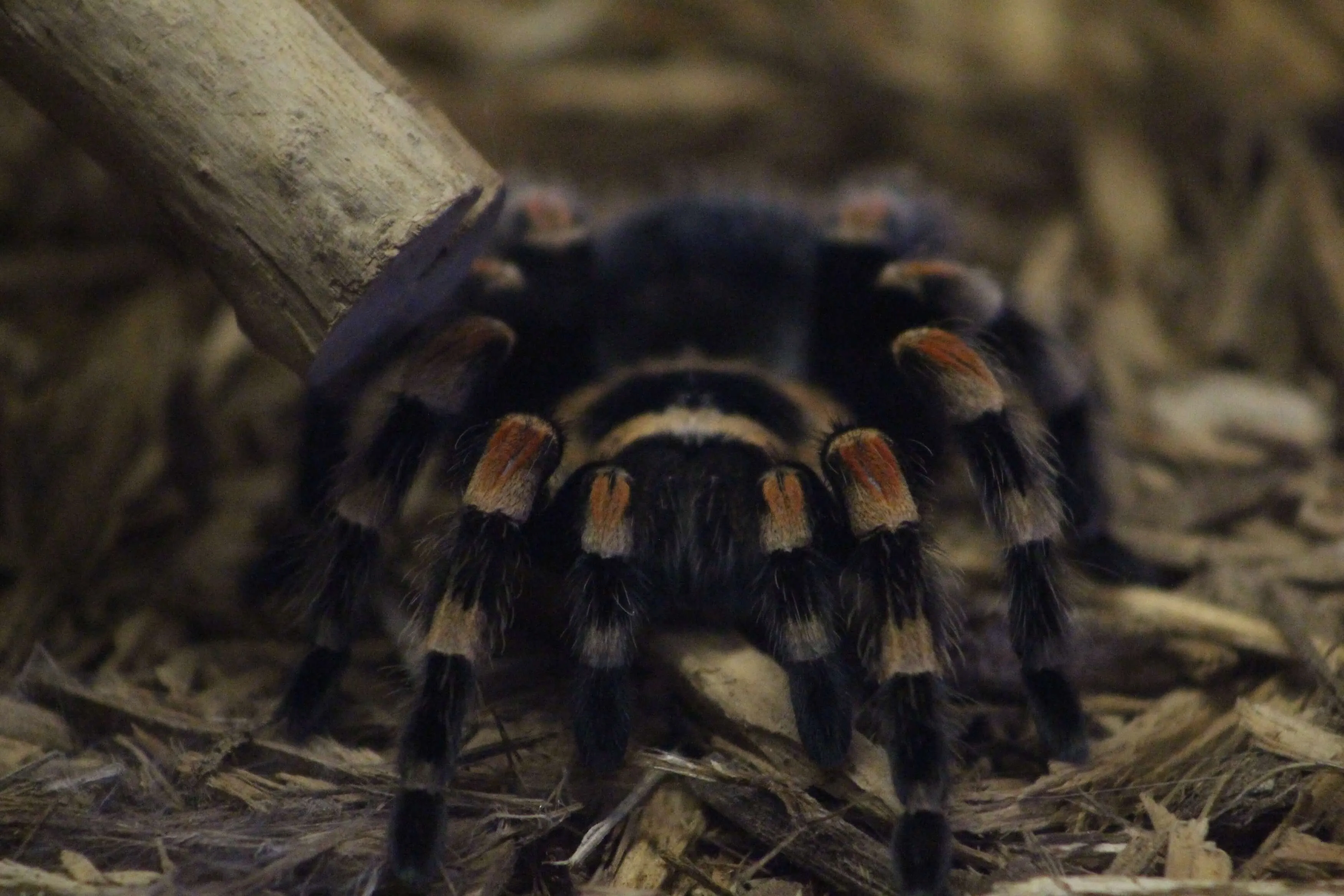
Caring for baby tarantulas requires specific attention to their appearance and the environment they live in. Since they are small and delicate, baby tarantulas need a humid and secure environment. They must be fed small, appropriately-sized prey. Regular monitoring of their appearance is crucial for detecting any signs of illness or problems. The appearance can indicate if there’s a problem, such as signs of dehydration or issues related to molting. Careful care involves providing the correct temperature, humidity, and a safe enclosure. Regular observation and understanding of appearance will help ensure that these creatures thrive. Providing the best conditions for their growth is key to their health.
Importance of Appearance in Care
Understanding the appearance of baby tarantulas is essential for providing proper care. Monitoring their appearance is a great way to detect potential problems, from health issues to molting difficulties. Changes in color, unusual behavior, or deformities can alert keepers to the need for veterinary attention or changes in care. Knowledge of appearance helps keepers assess the health of their tarantulas, adjust the environment, and provide the right food and conditions. It is crucial to appreciate these aspects in caring for tarantulas, which leads to a healthier and more fulfilling life for these fascinating creatures. Paying attention to their appearance means providing the best care possible.
